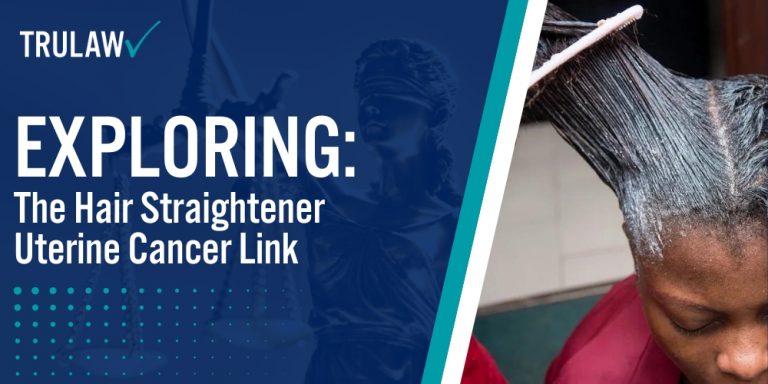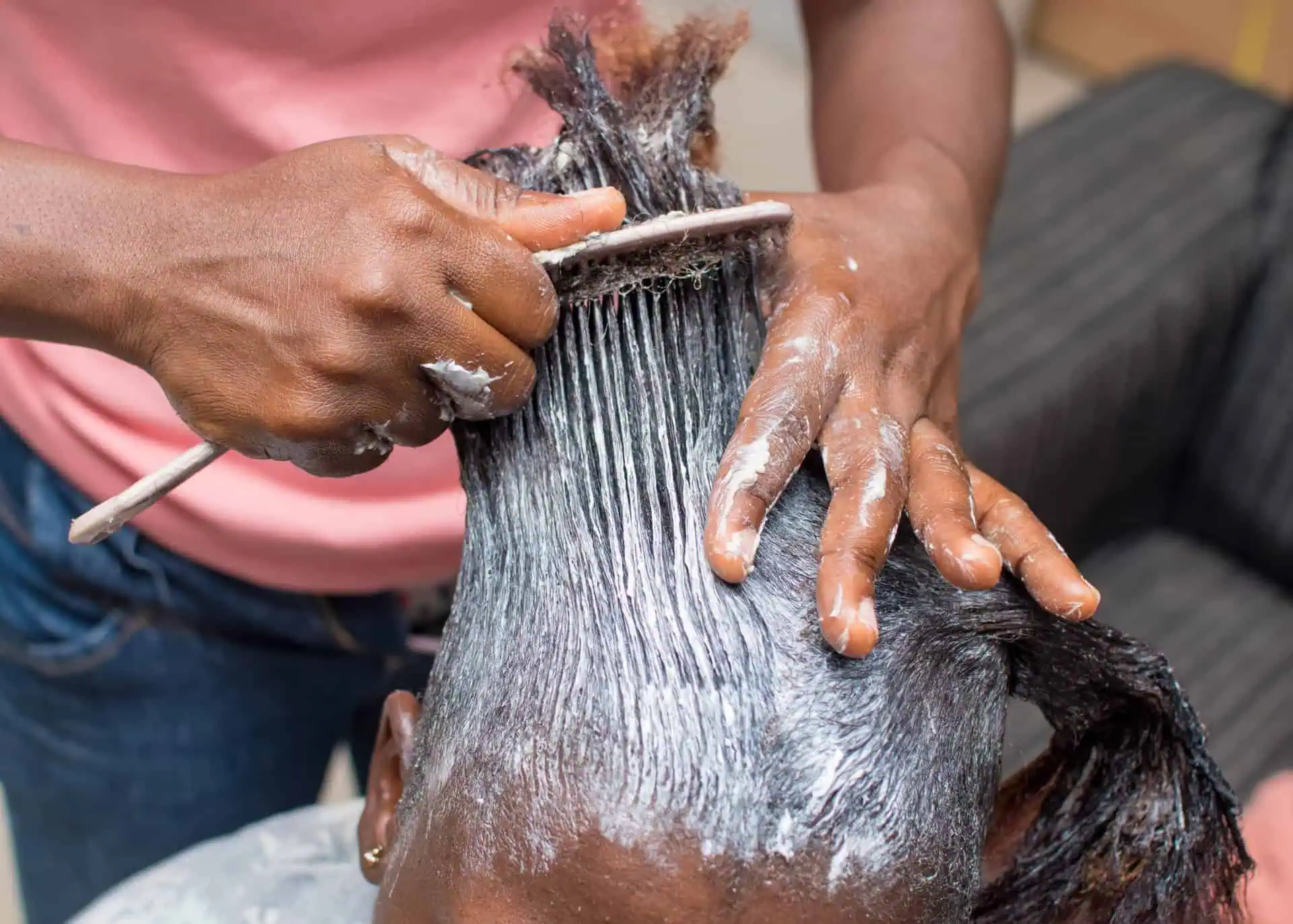Uterine cancer, the most common gynecologic cancer, has a range of risk factors including hormone replacement therapy and existing health conditions.
Hormonal imbalance, mainly from estrogen without progesterone’s natural counterbalance, is a major risk factor for developing uterine cancer.
Other risks include obesity since excess body fat increases estrogen levels and diabetes due to increased endometrial cancer risk in women with insulin resistance.
Symptoms may vary but often include unusual vaginal bleeding (particularly post-menopause), pelvic pain, or unexplained weight loss.
Risk Factors: Hormone Replacement Therapy and Other Health Conditions
Hormone replacement therapy, often used to manage menopausal symptoms, is a key risk factor linked to uterine cancer.
It involves the use of medications containing female hormones that replace those the body no longer produces after menopause.
Long-term hormone replacement therapy has been associated with an increased risk of developing this type of cancer.
Furthermore, certain health conditions could also increase one’s susceptibility to uterine cancer.
Obesity plays a significant role in increasing the risk as it causes a higher production of estrogen which can stimulate the lining of the uterus leading to cancerous growths.
Additionally, women who started their periods before age 12 or experienced menopause after age 55 have more menstrual cycles and thus longer lifetime exposure to endogenous estrogens elevating their chance for endometrial cancer.
Recognizing Gynecologic Cancer
Uterine cancer, known as the most common gynecologic cancer, presents several discernible signs.
Recognizing these symptoms is critical for early detection and successful treatment.
Here’s what to watch out for:
- Abnormal vaginal spotting: Sporadic or irregular spotting could potentially indicate uterine cancer.
- Unusual discharge: Any change in color or consistency of vaginal discharge should be reported to your doctor.
- Post-menopausal bleeding: This symptom can indicate uterine cancer risk and deserves immediate medical attention.
- Pelvic pain or pressure: Persistent discomfort in the pelvic area might be a sign of this common gynecologic cancer.
Develop Uterine Cancer
Study data has reported a concerning link between chemical hair straighteners and an increased risk of developing uterine cancer.
The use of these hair products may contribute to the development of this common gynecologic cancer, especially frequent users who expose themselves to the harmful chemicals commonly found in these items.
This is particularly true for self-identified black women, as they are often more likely to use stronger forms of chemical hair straighteners at earlier ages due to specific textural needs.
Notably, this isn’t just about individual behavior; social factors like beauty standards also play their part in encouraging the frequent use of such potentially hazardous products.
Being conscious about product ingredients can help mitigate risks while researchers continue investigating ways to reduce health disparities linked with cosmetic choices.


